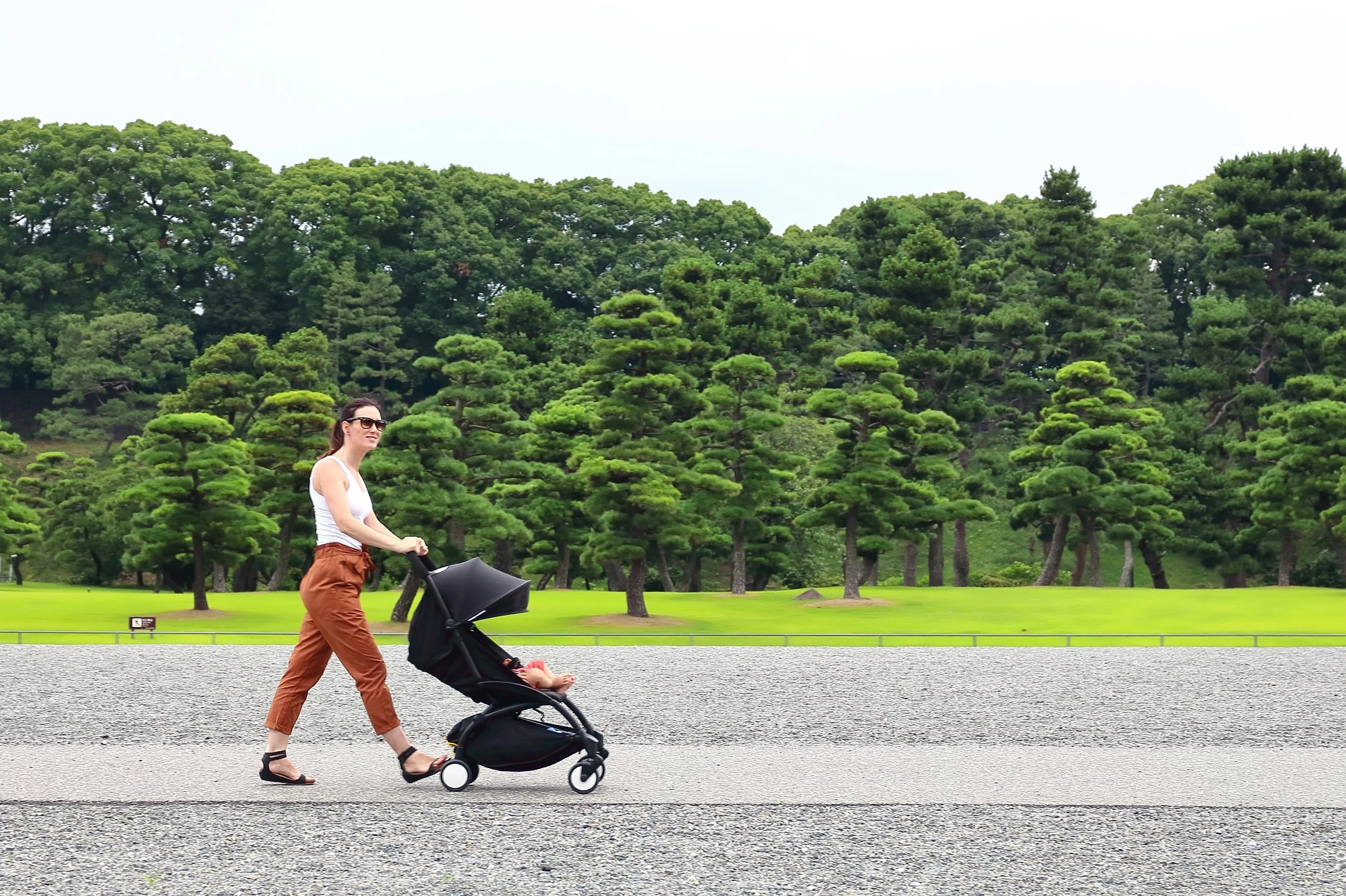What to Eat When You’re Breastfeeding
Pregnant moms-to-be are nourishing for two—and so are breastfeeding moms! In fact, your nutritional needs are even greater when you’re breastfeeding. To learn more about what to eat when you’re breastfeeding, we spoke with Anna Bohnengel, MS, RDN, and co-founder of Alavita, an online nutrition platform for postpartum women.
“Breastfeeding is a time to really nourish yourself because you’re still growing another human with your breast milk,” says Bohnengel. The more nutritionally dense food you eat, the more nutritionally dense your milk will be, says Bohnengel. But don’t stress—there’s no perfect diet. “The key is to nourish yourself well with whole foods,” she says. Here, she shares tips to help new breastfeeding moms get the nutrients they need.
Boost your daily food intake
Daily caloric intake varies from woman to woman but on average, breastfeeding women need an additional 500 calories a day, perhaps even more when breast milk is a baby’s sole source of nutrients. “It takes a lot of energy to produce breast milk,” explains Bohnengel. Rather than focusing on calories, eat nourishing food every two to four hours—including during nightly nursing or pumping sessions. “Breastfeeding is an around-the-clock job,” says Bohnengel. While your amped-up appetite may return to normal after that first three months of breastfeeding, Bohnengel wants moms to give themselves “unconditional permission” to eat whatever they crave for as long they choose to breastfeed. “Under-eating can have an impact on milk supply,” she says.
Power up your protein
When you’re pregnant, it’s important to eat more protein to support your baby’s growth, but breastfeeding moms need additional protein to make milk. Bohnengel recommends 20-30 grams of protein per meal. Opt for lean meats, legumes, beans, and eggs. (Egg yolks are a source of choline—an essential micronutrient for brain development—that many pregnant and breastfeeding women don’t get enough of.) An easy way to add a bit of protein—especially when you’ve got a hungry babe attached to your breast most of the day—is to sip bone broth. It also contains collagen—a structural protein needed for wound healing and tissue repair. “Bone broth is good for both healing and hydrating!” says Bohnengel. Most stores now carry bone broth or you can make your own.
Eat fish
Fatty fish like salmon and some tuna are an important source of healthy omega-3 fatty acids—including DHA—that support infant brain development. For pregnant and breastfeeding moms worried about the mercury risk of eating fatty fish, Bohnengel says the benefits outweigh the risk. While salmon poses less of a mercury risk, she recommends choosing wild caught when possible. You can reduce mercury exposure by choosing light, chunk tuna rather than albacore. Steer clear of shark, swordfish, and King mackerel (which have higher mercury levels). Check out the FDA’s recommendations on eating fish. For vegetarian or vegan moms, flax seed, walnuts, and chia seeds are good plant-based sources of omega-3 fatty acids.
Pile your plate with color
Eat a diverse assortment of colorful foods to get a wide range of nutrients. Pile your plate with leafy greens, whole grains, and healthy fats like avocados and olive oil. Research also shows that eating a variety of foods helps expose your baby to different flavors and can help expand their palate when they transition to solid foods.
Take your prenatal vitamins
As long as you’re breastfeeding, continue taking your prenatal vitamin, because making milk requires many of the same essential vitamins and minerals as growing a baby. Folate, for example, is not only essential during pregnancy, but also for the development of a baby’s central nervous system after they’re born. Vitamin D is especially crucial for supporting immune function in both moms and babies, but most prenatal vitamins don’t contain enough, says Bohnengel. She recommends having your vitamin D levels tested and working with your doctor to determine the appropriate dosage. While breast milk feeds the good gut bacteria in babies—and supports a healthy microbiome—Bohnengel recommends that moms support their own GI healthy by taking a multi-strain probiotic that provides bacteria in the billions of CFUs (colony forming units), and is verified by a third party.
Stock your breastfeeding stations
Set up your favorite breastfeeding spaces with a water bottle and easy-to-eat snacks like trail mix, fresh fruit, or nuts. ”Make sure you eat and hydrate,” says Bohnengel. “Every time your baby eats, you can refuel too!”
Savor your coffee
If you’re a regular coffee drinker, you can continue enjoying your morning brew or your afternoon pick-up without worry. Breastfeeding moms can drink up to three eight-ounce cups of coffee a day (throughout the day or in one sitting are both safe). More research needs to be done on whether caffeine can have a negative impact on your baby—such as causing fussiness. But at the end of the day, Bohnengel says, “A happy, healthy mom is a happy, healthy baby.”
Ask for help
Don’t be shy about tapping your support network and asking for help—especially when it comes to providing you with ready-to-eat food. Friends and family want to help and delivering you nutritious meals is one of the best ways they can. Meal Train is a simple (and free) way to coordinate meals and drop-off time. “You’re feeding a baby around the clock, so let someone else be in charge of feeding you,” says Bohnengel.
Mamava designs solutions to empower breastfeeding and pumping parents on the go, like our freestanding lactation pods, Mamava’s lactation space locator app, and other helpful resources.
More parent resources















